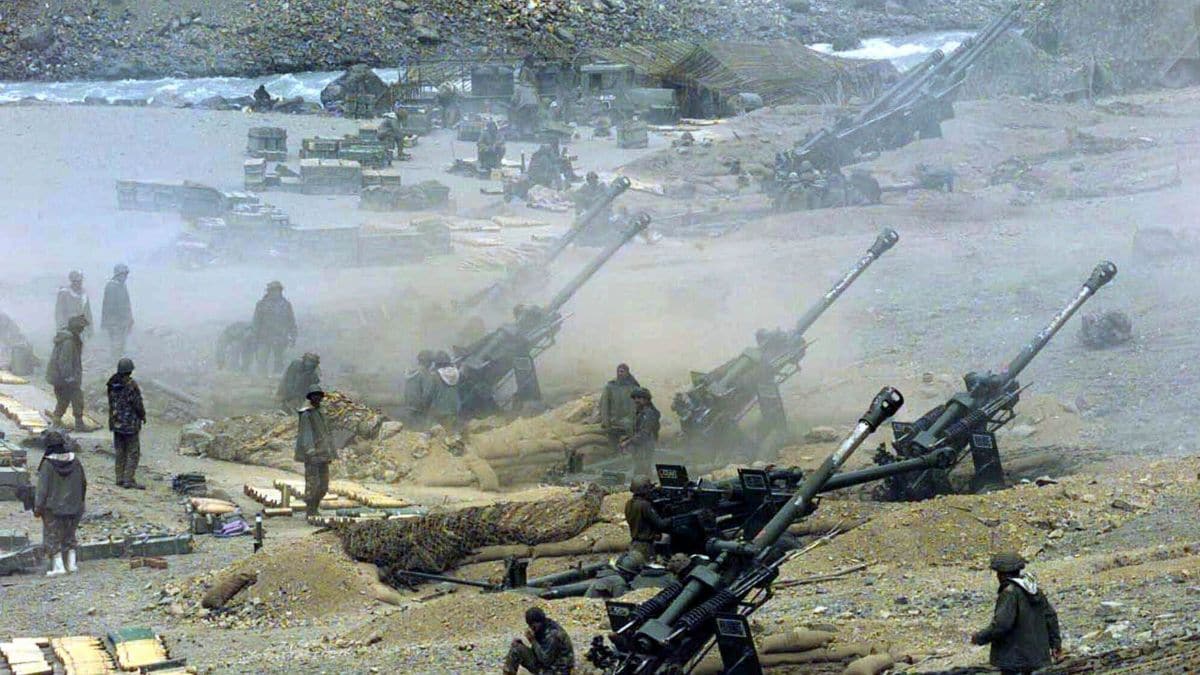

In early May 2025, the Indian Army's Chinar Corps executed Operation Sindoor, a retaliatory action that significantly crippled military infrastructure in Pakistan-Occupied Kashmir's (PoK) Leepa Valley. The operation, a response to repeated ceasefire violations and the April 22 terror attack in Pahalgam, Jammu and Kashmir, saw the destruction of several key enemy assets.
According to Indian Army officials, the strikes decimated at least three posts, an ammunition depot, a fuel storage facility, and gunnery positions. The extent of the damage inflicted is such that it is estimated to take Pakistan between 8 to 12 months, or possibly longer, to rebuild these installations. This assessment was made evident during a visit by the Press Trust of India (PTI) to the Line of Control (LoC) in Tangdhar, a forward village in the Kupwara district of Jammu and Kashmir.
While Pakistan's military employed heavy weaponry, including aerial platforms, in an attempt to target Indian positions, they were unsuccessful in causing any substantial damage. Indian officials highlighted the effectiveness of their indigenously developed Akashdeep radar system and air defense guns, which successfully neutralized the aerial threats. They affirmed that India's military infrastructure remained intact while that of the enemy was decimated.
The Indian Army strategically targeted locations in Leepa Valley where the most significant damage could be inflicted, even though there were several empty military buildings in the area. Intelligence gathered from various sources indicates that the strikes resulted in 64 Pakistani military personnel being killed and 96 others injured.
A top Chinar Corps official emphasized the rationale behind the operation, stating that the retaliation followed a "1:3 ratio," meaning that the Indian Army would strike three times as hard for every Pakistani ceasefire violation.
Further details emerged regarding a 25-minute operation near Muzaffarabad in PoK on May 7, which was part of Operation Sindoor. Officials revealed that the intensity of the strikes was so overwhelming that the commander of PoK's 75th Infantry Brigade instructed troops to prioritize saving lives. Intercepted communications reportedly revealed a Pakistan Army commander, allegedly hiding inside a mosque, urging his troops to focus on survival, saying, "Save lives first, offices can reopen later."
Moreover, on May 7, as part of Operation Sindoor, Indian forces destroyed nine terror camps located in Pakistan and PoK. This action was specifically in response to the April 22 terror attack in Pahalgam, which resulted in the deaths of 26 people, predominantly tourists. Following India's strikes, Pakistan retaliated with shelling across the Line of Control and into Jammu and Kashmir, and attempted drone attacks along the border. However, after four days of clashes, both sides agreed to halt hostilities on May 10.
Amidst the heightened tensions, an Indian Army officer disclosed that Pakistan had attempted to target the Golden Temple in Amritsar with missiles and drones on the night of May 7-8. However, this attempt was thwarted by India's robust air defense systems.
Operation Sindoor serves as a strong message and a demonstration of India's resolve to respond decisively to any provocations and cross-border terrorism, ensuring the protection of its territory and citizens.